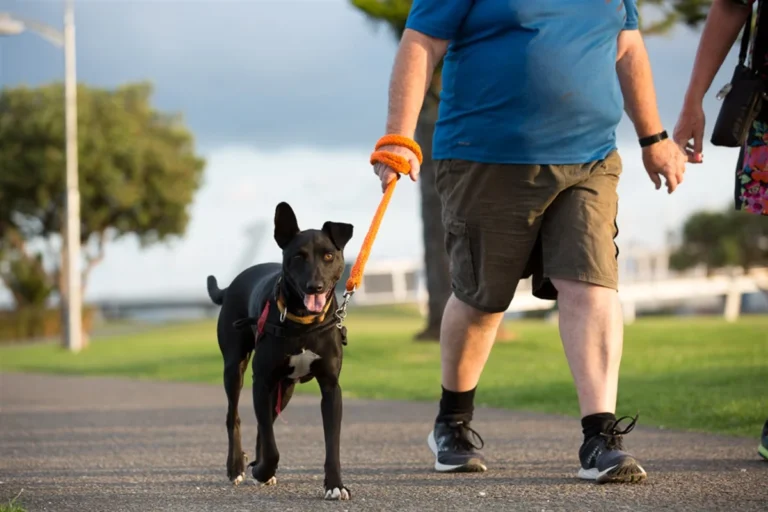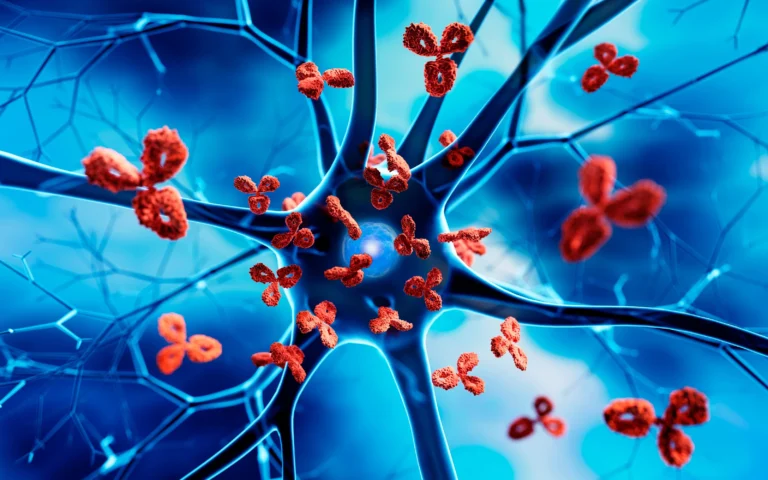Exploring Canine Seasonal Affective Disorder in Dogs
What is Canine Seasonal Affective Disorder (SAD) in Dogs?
- Canine Seasonal Affective Disorder (SAD) is a condition where dogs experience changes in mood and behavior in response to seasonal changes, particularly during fall and winter.
- Similar to humans, dogs may exhibit symptoms of depression and lethargy during darker, colder months.
Table of Contents
Recognizing Signs of Canine SAD
- Decreased energy levels and increased sleepiness are common indicators of SAD in dogs.
- Changes in appetite, including decreased interest in food, may also be observed.
- Behavioral changes such as withdrawal, irritability, and reluctance to engage in activities they normally enjoy can signal SAD in dogs.
Managing Canine Seasonal Affective Disorder
Creating a Comfortable Environment
- Ensuring ample natural light exposure by opening curtains and allowing access to well-lit areas indoors can help alleviate symptoms.
- Providing cozy and warm sleeping areas can offer comfort and security during colder months.
Maintaining Regular Exercise
- Engaging in regular outdoor activities such as walks and playtime can help combat lethargy and boost mood.
- Incorporating interactive toys and games indoors can provide mental stimulation and prevent boredom.
Seeking Veterinary Guidance
- Consulting with a veterinarian is essential for proper diagnosis and management of SAD in dogs.
- Veterinarians may recommend dietary supplements, behavioral therapies, or medications to alleviate symptoms and improve overall well-being.
Conclusion: Canine Seasonal Affective Disorder in Dogs
Canine Seasonal Affective Disorder in Dogs: As responsible pet owners, it’s important to be attuned to our dogs’ well-being and recognize the signs of Seasonal Affective Disorder. By creating a supportive environment, maintaining regular exercise routines, and seeking professional guidance when needed, we can help our furry companions navigate seasonal changes with comfort and resilience.
FAQs : Canine Seasonal Affective Disorder in Dogs
- Can dogs really experience Seasonal Affective Disorder like humans?
Yes, dogs can indeed experience Seasonal Affective Disorder, exhibiting symptoms such as changes in mood, behavior, and energy levels during darker, colder seasons. - Are certain dog breeds more susceptible to Seasonal Affective Disorder?
While any dog can potentially experience SAD, certain breeds may be more predisposed to the condition due to factors such as coat thickness and temperament. - Can lifestyle changes help alleviate symptoms of Canine Seasonal Affective Disorder?
Yes, implementing lifestyle changes such as increased exposure to natural light, regular exercise, and mental stimulation can significantly improve symptoms of SAD in dogs. - Is medication necessary to treat Seasonal Affective Disorder in dogs?
In some cases, veterinarians may prescribe medication to manage severe symptoms of SAD in dogs. However, non-pharmacological interventions such as environmental enrichment and behavioral therapy are often the first line of treatment. - How can I differentiate between normal winter behavior and signs of Seasonal Affective Disorder in my dog?
Monitoring changes in your dog’s behavior and energy levels over time can help distinguish between normal winter behavior fluctuations and potential symptoms of Seasonal Affective Disorder. If you notice persistent changes or concerns, consulting with a veterinarian is recommended.







